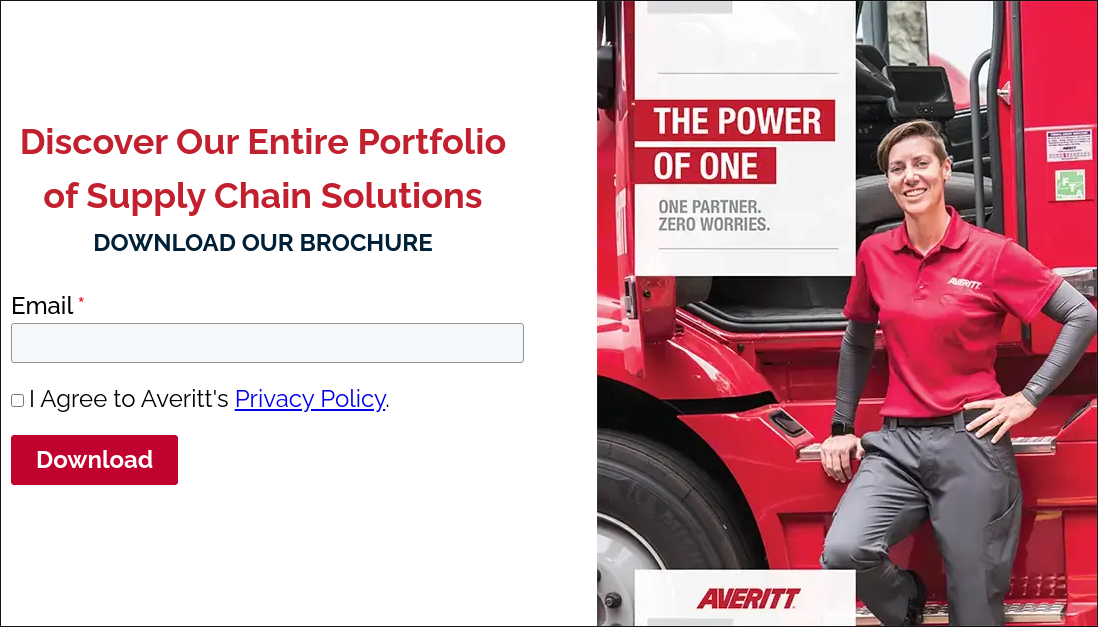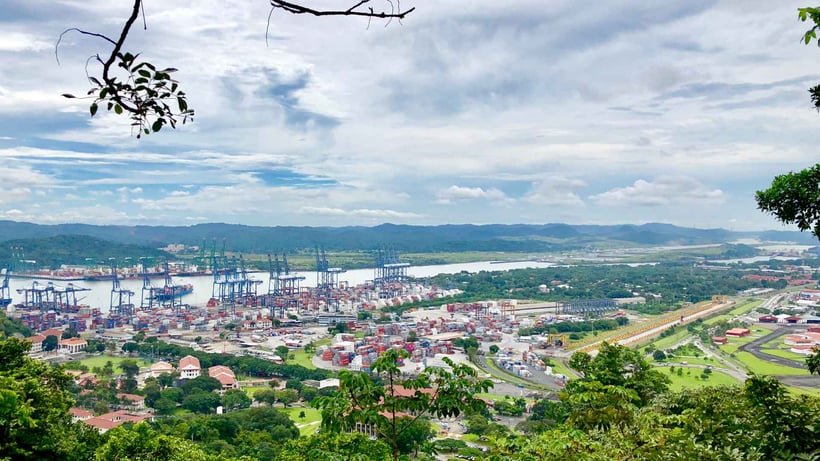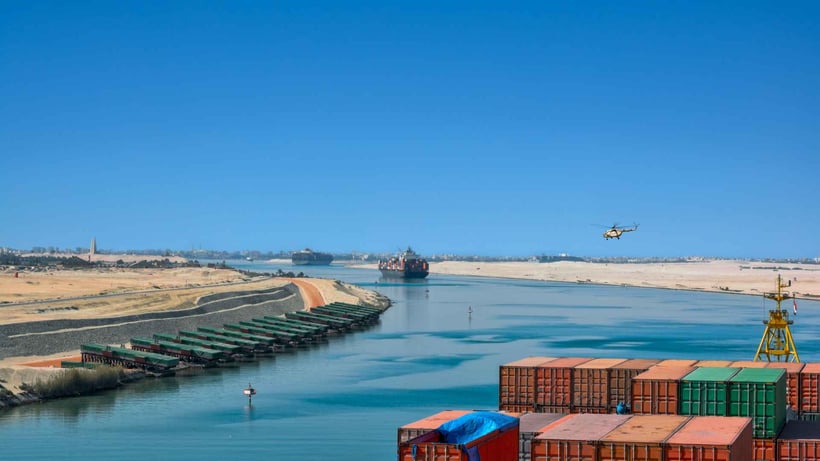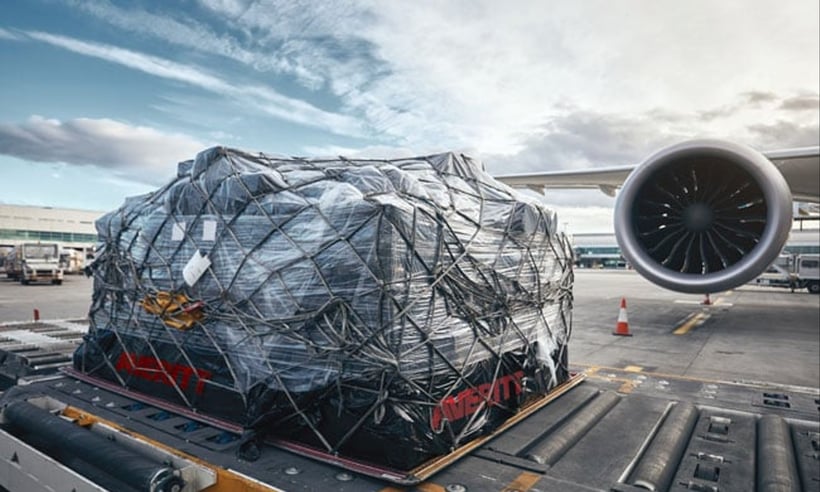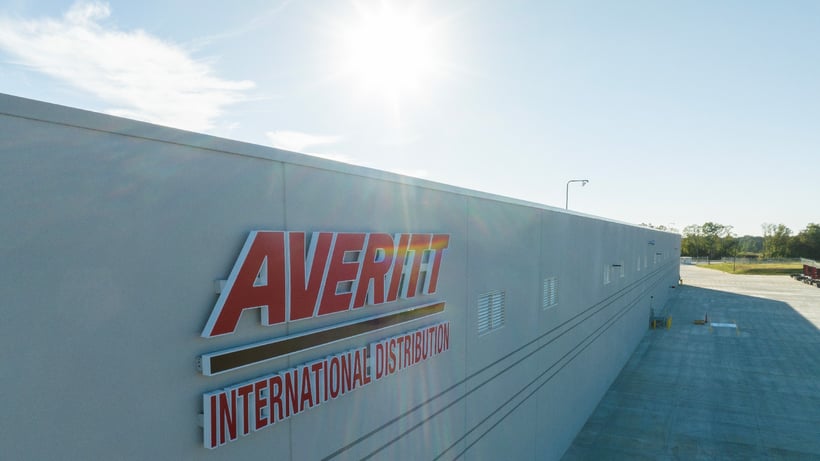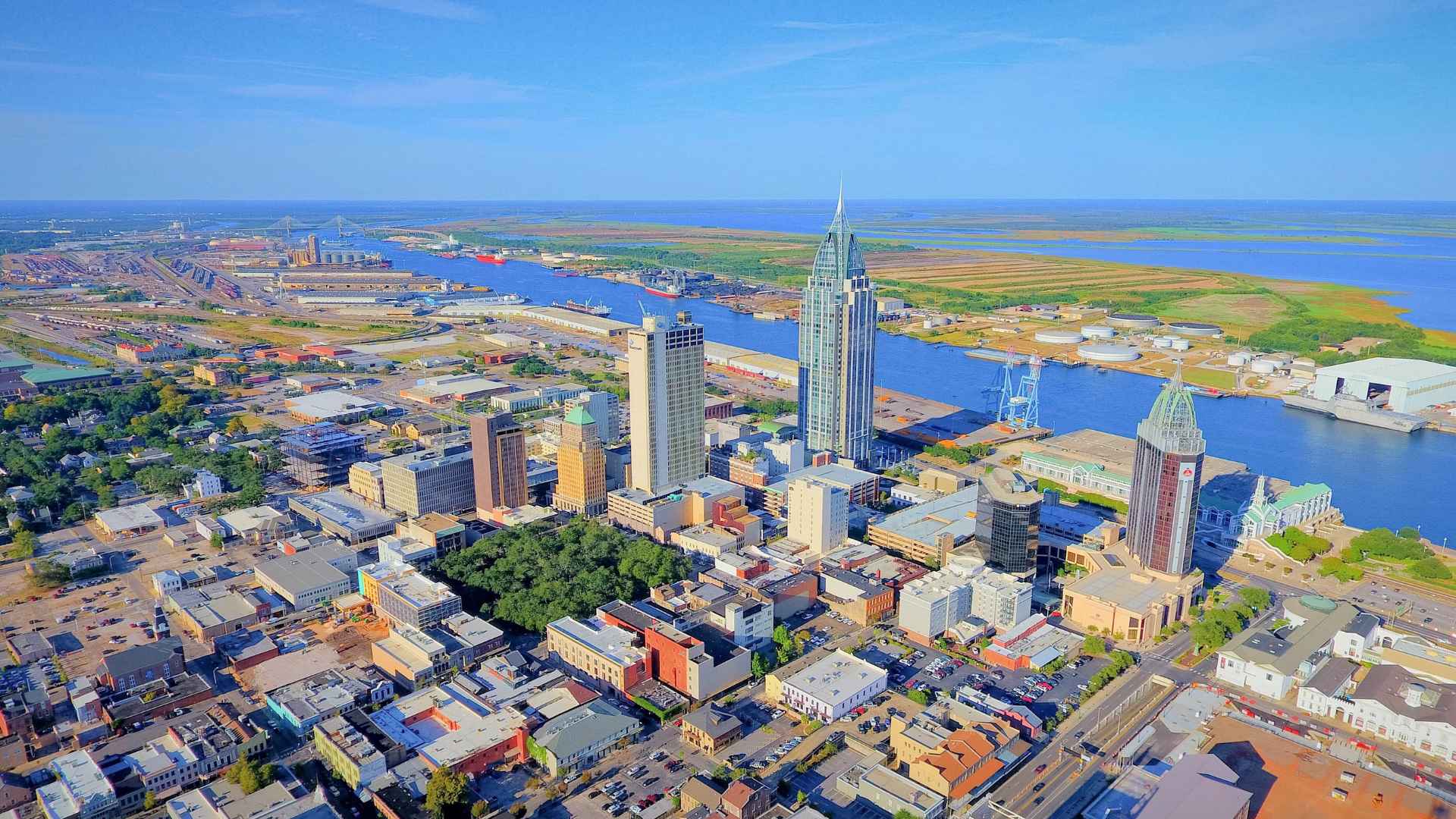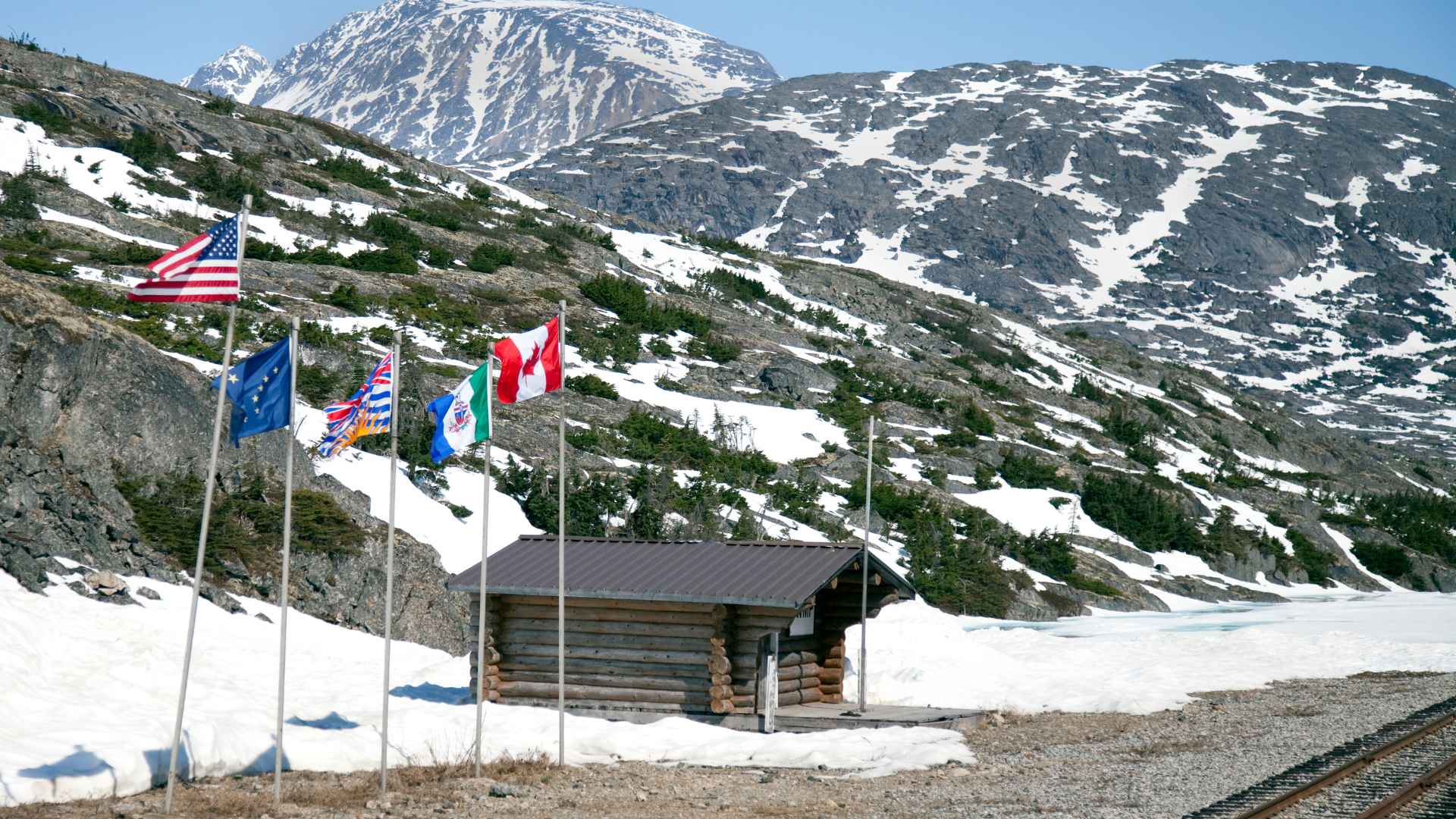Recently, the global supply chain has faced disruptions with the Panama and Suez Canals at the forefront. Let’s look at the intricacies of these challenges, their impact on international trade, and what the global supply chain is projected to look like for the rest of the year.
Panama Canal
The Panama Canal, a vital artery of global trade, has faced the brunt of a persistent doubt. Starting summer of last year, the canal faced some of its lowest water levels in history. With the El Nino phenomenon, the summer season was lengthened, and rains were directed elsewhere, increasing the drought severity. On January 17th, 2024 , authorities cut already decreased traffic in the canal by 36% because of dipping water levels. This disruption particularly affects trade routes between Northeast Asia and ports along the East and Gulf Coasts that had benefitted in recent years from the widening of the canal.
Suez Canal
Though the dangerous conditions were already occasional in the Red Sea, they ramped up with the start of the Israel-Hamas conflict, leading to widespread shipping diversions. Since October, they have changed their targets from anything going in and out of Israel to essentially any vessel in the canal, especially oil tankers and container ships.
The Suez Canal, and the Red Sea at large, is a major trade route between Asia, Europe, and the U.S. To circumvent these potential attacks, at least 90% of container ships are now following a similar path to the first expedition to circumnavigate the globe by going around the Cape of Good Hope, increasing transit times and cost. The main disruptions are from global shipping routes and capacities out of Vietnam, India, and other areas of Southeast Asia. As military movements change, and conflict in the Middle East continues, the global supply chain has to wait and see what will end up happening in the canal.
Expert Insight: Charlie McGee
Impact on International Trade
We recently sat down with Charlie McGee, the Vice President of International Solutions at Averitt, to get his insights on the effects of these challenges on international trade.
What are some of the challenges for trade coming in and out of the Panama Canal?
Charlie McGee: Most of North Asia, such as China, Hong Kong, Korea, Taiwan, and Japan were going through the Panama Canal, but with that situation getting worse, they started looking at going through the Suez, because it’s less costly than going around the Cape of Good Hope (South Africa).
But with the Suez Canal being dangerous, can you talk about what international trade is doing instead?
CM: In summary, almost everyone (shipping direct to Gulf and East Coast ports) is having to go all the way around the Cape in Africa to get to the United States, which is about 6,000 miles longer than a trip through the Suez. Doing that has an impact in both directions, because transit times are impacted coming inbound to the United States, but the return is impacted because they need to get the equipment back to Asia to load more of it. So, running out of equipment is an issue.
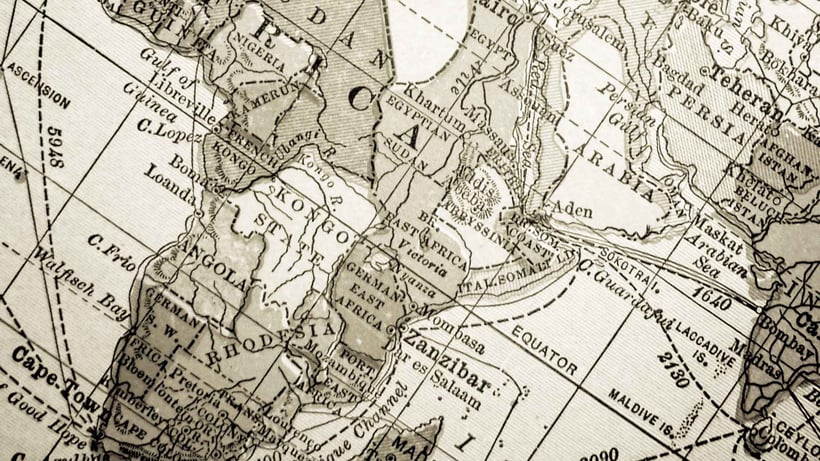
Cost Implications and Operational Changes
Looking forward, are we looking more at going to the West Coast? What is the industry saying?
CM: They (shippers) are absolutely looking at the West Coast. What’s interesting is that there was a lot of movement away from the West Coast previously because of the labor conditions, but now they are talking about the balance of equipment more than the cost of moving it from, for instance, China to the West Coast.
Time-wise, if the equipment is available, it’s faster to come through the West Coast into the United States than to go around the Cape. But, because they took a lot of vessels out of the West Coast due to the lack of business there, there is a lack of equipment for the increased demand to go through the West Coast. That means that pricing is high for not only the West Coast, but for all the ports in the U.S. and Canada.
Can you talk more about rates?
CM: They (shipping lines) are putting increases on the rates in all directions, so no matter which direction you decide to go, the rates are going to be high. Those higher rates were implemented starting on January 15th when they based on what’s going on in the Middle East and the Panama Canal.
What about air freight? Has there been an uptick in that?
CM: Absolutely. Our requests for air freight rates have tripled in the last few weeks. It won’t be like the surge in air freight that we saw during the pandemic, because most of that was medical, but it will continue to increase.
Outlook and Recommendations
What else do you expect to see this year?
CM: We’re going to see a medium-to-long-term trend of moving back towards the West Coast. Number one because of the drought creating a lack of capacity to get through the Panama Canal to the East Coast and the Gulf Coast. Number two because of the Red Sea conflict and the danger of moving cargo through the Suez. Finally, number three, is the potential for labor action on the East Coast and Gulf Coast later this year.
What’s your biggest word of advice for shippers for the months ahead?
CM: I have a few words of advice.
First, make sure you have cargo insurance. You’re probably not in danger if you go around the Cape, but there is a reason they call it a marine and war risk. If you plan to chance the Suez, have cargo insurance.
The second is to make sure you budget for increased rates and plan for increased transit times. Tell your buyers to add more lead time just to be safe, because there will probably be delays in shipping as long as this continues.
The third piece of advice is to prepare for and wait to see what’s going to happen with the Suez and the East Coast.
|
NOTICE OF UPCOMING CHINESE NEW YEAR If you’re shipping from Asia, wait until after the Chinese New Year (February 10th-24th, but factories can shut down for up to a month) is over when there is more capacity available. If you can wait to put cargo on vessels, do, and if you can’t then make sure you have enough lead time built in and are prepared to deal with the increased cost. |
Working Closely with Your Transportation Solutions Specialist
To navigate these intricate difficulties, collaborating closely with a trusted transportation solutions specialist is imperative. Averitt, with its commitment to excellence, has a range of comprehensive services across five key verticals – Less Than Truckload (LTL), Truckload, Dedicated, Distribution and Fulfillment, and Integrated Global Solutions. With a commitment to excellence, Averitt ensures flexibility, reliability, and stability, addressing unique shipping needs with precision.
For any transportation solutions specialist, advanced technology is a must. Averitt’s technology streamlines operations, providing real-time visibility and efficient management of shipments. Backed up with a global network, fortified by trusted partner carriers, that extends beyond borders, Averitt guarantees reliability even amidst unforeseen challenges. By choosing Averitt, you can have a stable, adaptable, and innovative transportation solutions partner committed to keeping your shipments on track.
Watch the short video below to learn how Averitt can help you achieve and streamline your International Forwarding and Logistics needs!
